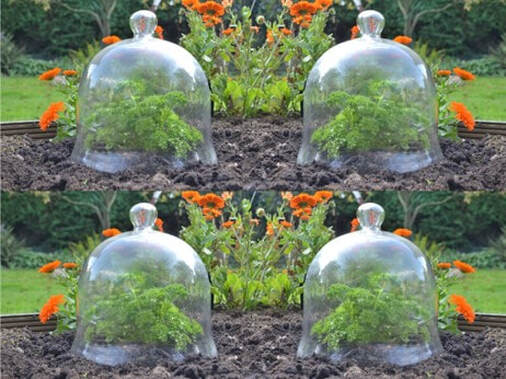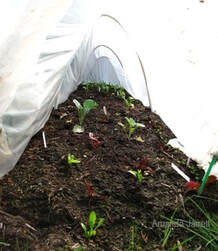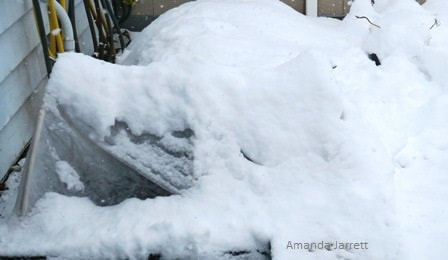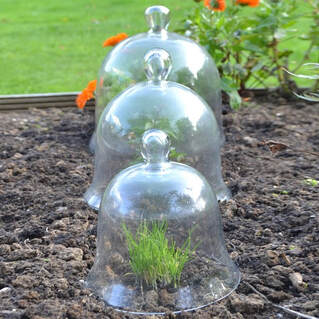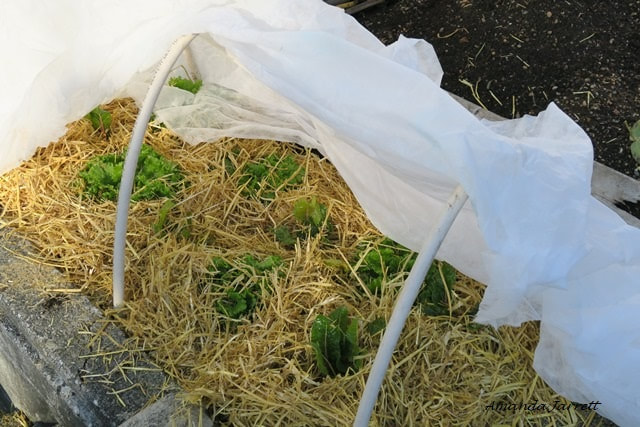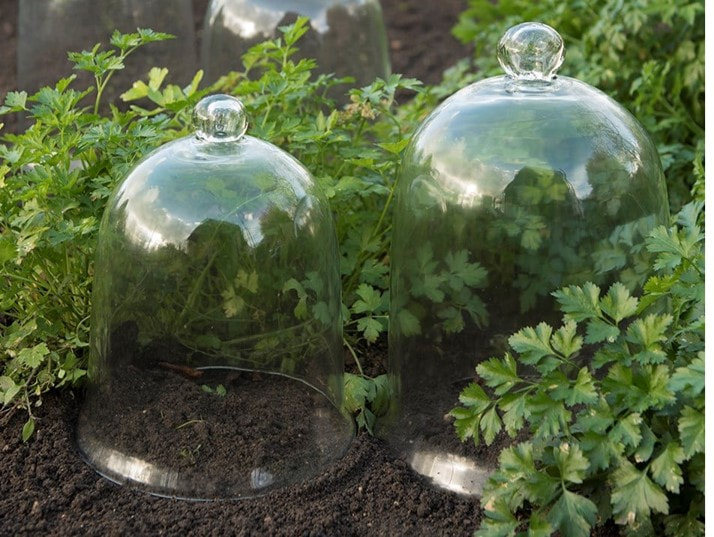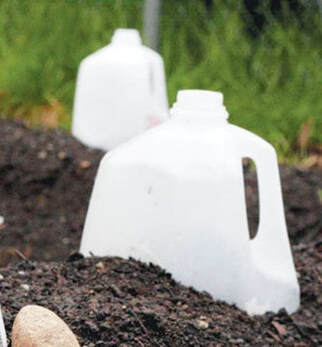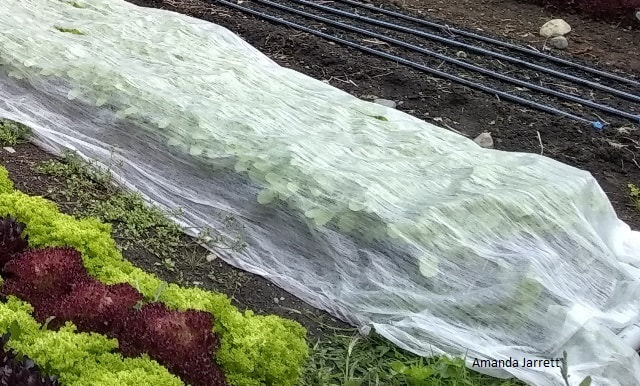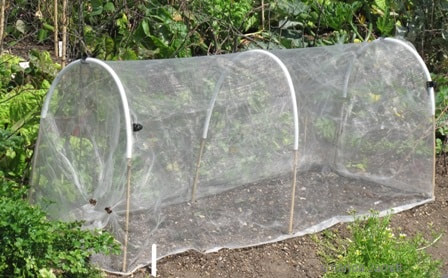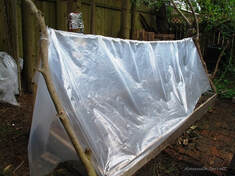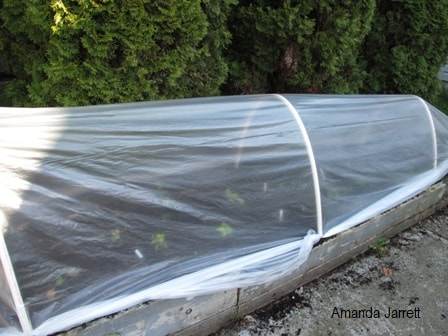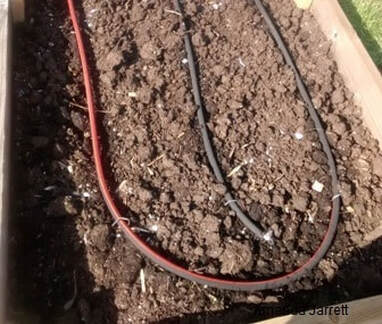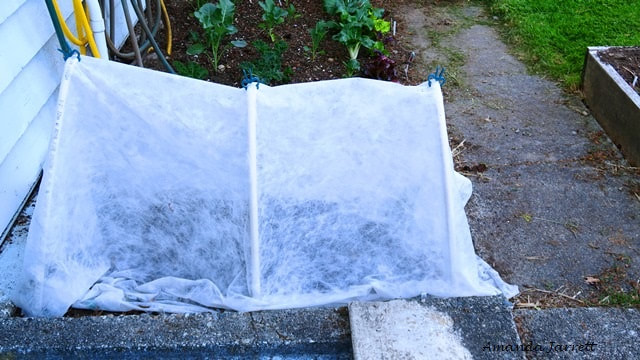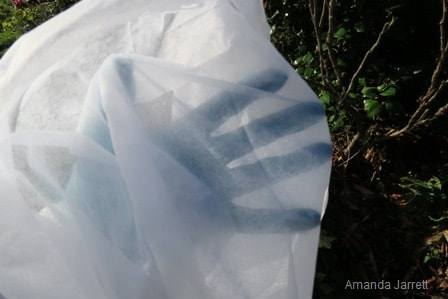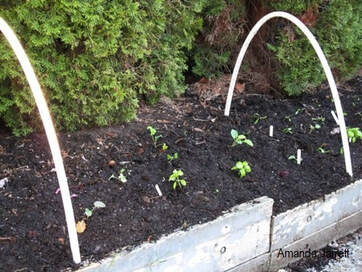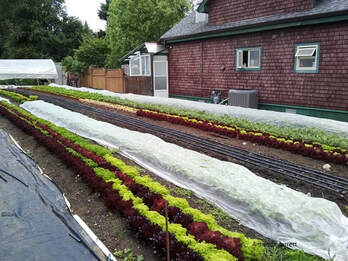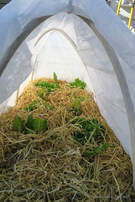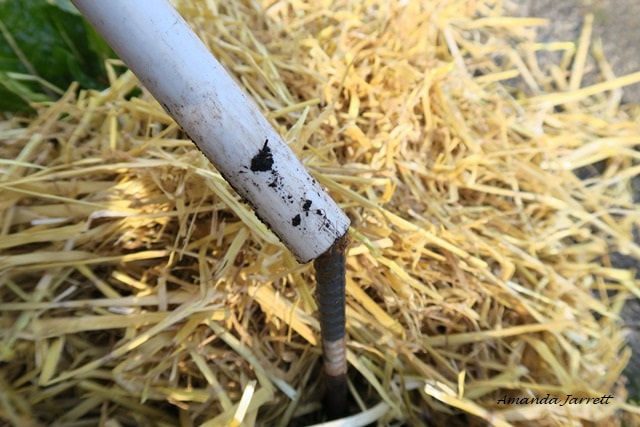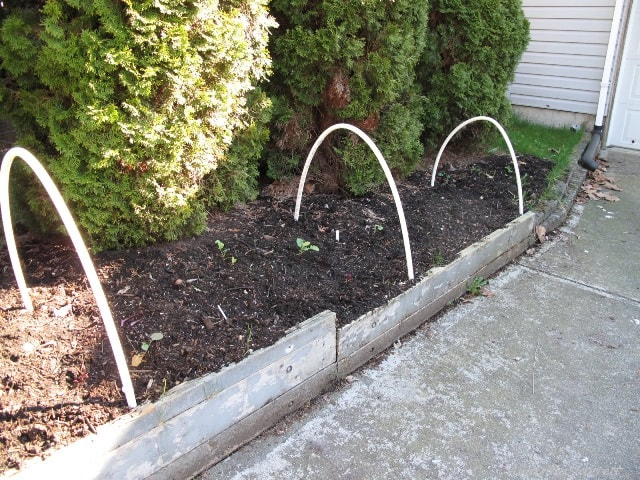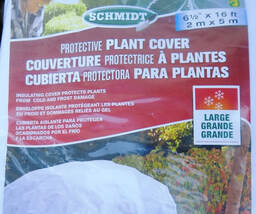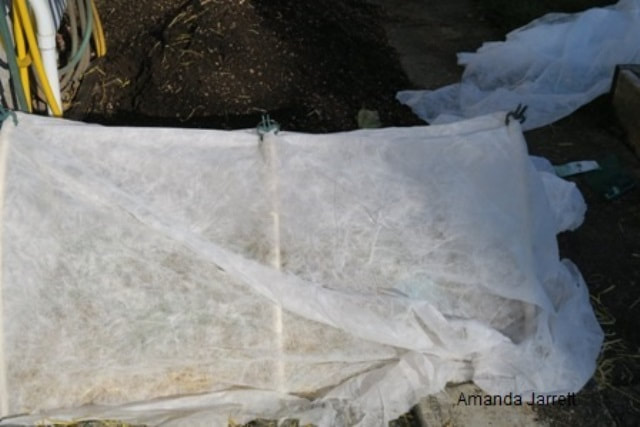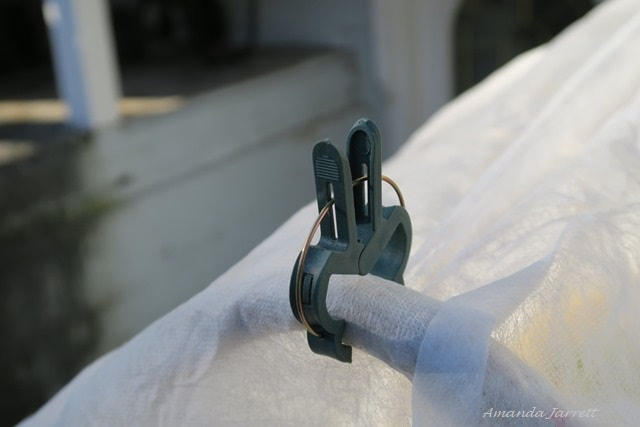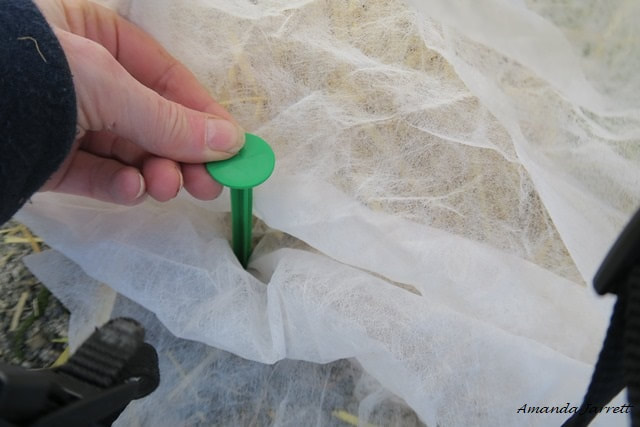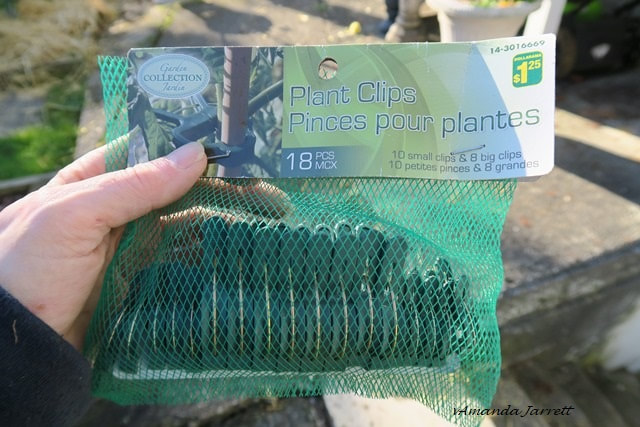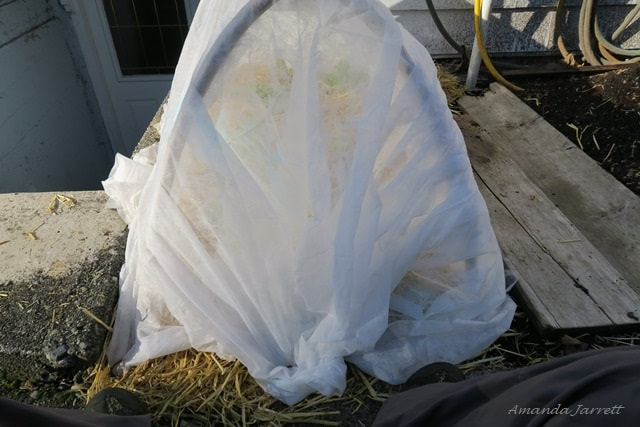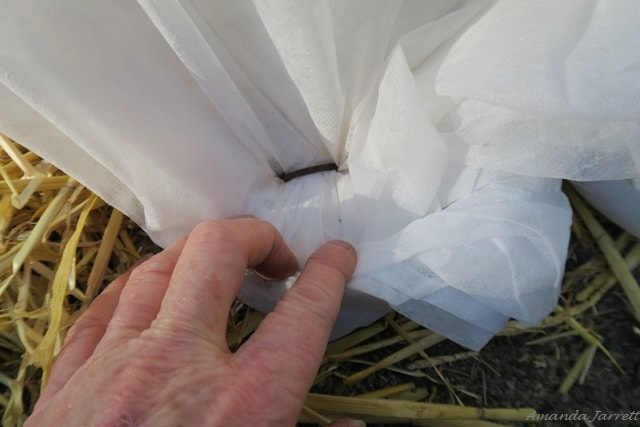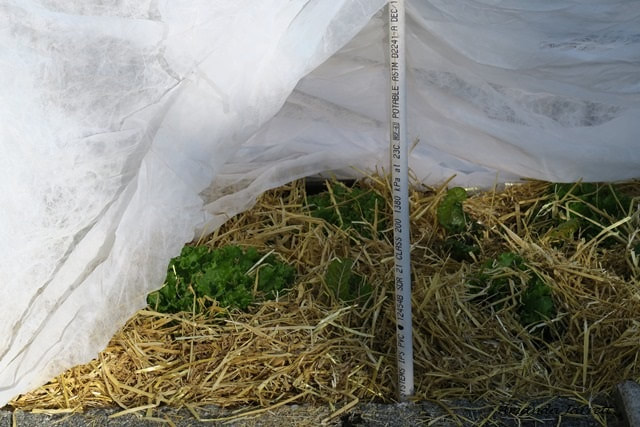An Old Fashioned Solution That still works
Cloches are used to protect plants from the cold and from insects. They date back to 19th century France. Originally made from glass, they resemble bells, hence their name ‘cloche’, which is French for bell. That’s how it all started.
What are Cloches Used For?
Cloches are temporary, portable structures sit atop plants and act like miniature greenhouses. They protect plants from the cold, inclement weather and insects. They are commonly used in early spring to protect seedlings and young plants from the weather. They are also used to extend the harvest season in fall, whilst providing protection to hardy crops grown in the winter.
Types of Cloches
There are two types of cloches: individual ones suitable for one plant and others that protect many plants. Since individual cloches are small, they are prone to overheating on sunny days. Plants respond well to the extra protection throughout the night and morning but may wither by the afternoon. If that’s the case, remove the cloches and replace them at nightfall.
Today there are many types of individual type cloches from plastic to exquisite glass bells of varying shapes and geometric designs. Although they are functional, some resemble esquisite works of art. Look online, visit garden centres or make your own. A money-saving alternative is to up-cycle clean, uncapped plastic milk jugs and large soda bottles. Just cut off their bottom and place on top of a plant and firm them into the soil so they don’t fall over. They don’t look as nice as the real thing, but they are just as effective.
Tunnel cloches, floating row covers and polytunnels are used to protect crop rows and entire beds from flying insects that lay their eggs in the soil and on vulnerable veggies, such as leaf miner, carrot rust fly, cabbage moth and aphids. The Floating row covers are simply placed on top of the crops and pinned down at the edges. Tunnel type cloches the fabric rests on a frame.
Polytunnels
Plastic is often used to cover crops and are referred to as polytunnels, however, if they are too small, plants rot due to lack of air circulation and fry when the sun is out. Since plastic has no insulating value tender plants, will die when it gets frosty. Another issue with plastic is they are more maintenance, as rain runs off without penetrating the plants below. Drip irrigation & soaker hoses are often used to compensate, but they must be monitored closely. Both systems oftentimes fall short so hand watering is essential to ensure that all plants and the soil are adequately quenched. To hand water effectively, move the plastic to one side and replace immediately after watering.
Fabric row covers/cloches
Fabric covered cloches: A better alternative to plastic is spun bonded polyester (Remay, fleece, frost blankets). Unlike plastic, it allows light, air and water to pass through, but no insects. The fabric also keeps plants and soil a little warmer and is often used to warm cold soils in the spring.
The only issue I have with the fabric is the crops aren't visible without lifting the fabric and taking a peek inside. However, since keeping plants warm in summer is not an issue but keeping the bugs away is, remove the fabric in June and replace it with pest garden netting. This fine mesh allows you to see what’s growing, but it is still effective to keep flying insects at bay.
The only issue I have with the fabric is the crops aren't visible without lifting the fabric and taking a peek inside. However, since keeping plants warm in summer is not an issue but keeping the bugs away is, remove the fabric in June and replace it with pest garden netting. This fine mesh allows you to see what’s growing, but it is still effective to keep flying insects at bay.
In summary, cloches and floating row covers protect plants from the cold and prevent flying insects from laying their eggs. It is so effective that it is also mentioned in the Controlling Plant Pests. Cloches and floating row cover kits are available online and at garden centres, however, they are fairly easy and inexpensive to make. Here’s some tips and how-to’s to get you started.
|
|
